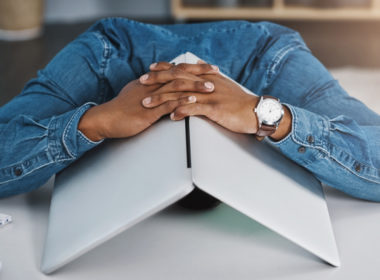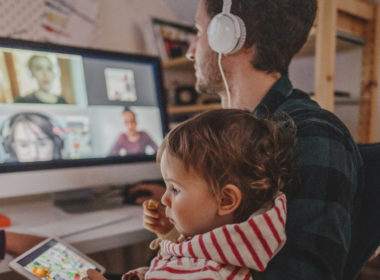We are regularly encouraged to reduce our screen time and wait for the wellbeing benefits to flow. But as digital platforms make it easier for people to stay connected and informed during COVID lockdowns and border closures, how can we find a healthy balance between Zoom chats and late-night doom scrolling?
Sunday is judgment day for iPhone owners: our smart devices ping at 9am to alert us to exactly how many hours we spent scrolling in the past week. Parents, too, must stare down concerns as to how much time they allow their children in front of devices, before considering the potential effects of their own scrolling.
So much of our lives – including apps we use for wellbeing, health and fitness – are digitally based. For the more than 90 per cent of Australians who own a smartphone, that isn’t always a bad thing.
During COVID-19 lockdowns, FaceTime and video calls became a way to safely stay in touch with loved ones. The past year has seen large chunks of our social and professional lives move behind the screen: video meetings with colleagues are replacing coffee catchups, virtual drinks over evenings at the pub and birthday celebrations are safely toasted on FaceTime. Fitness apps fill the void when gyms close and digital news outlets provide up-to-the-minute updates on pandemic developments and law changes across the state, country and globe.




